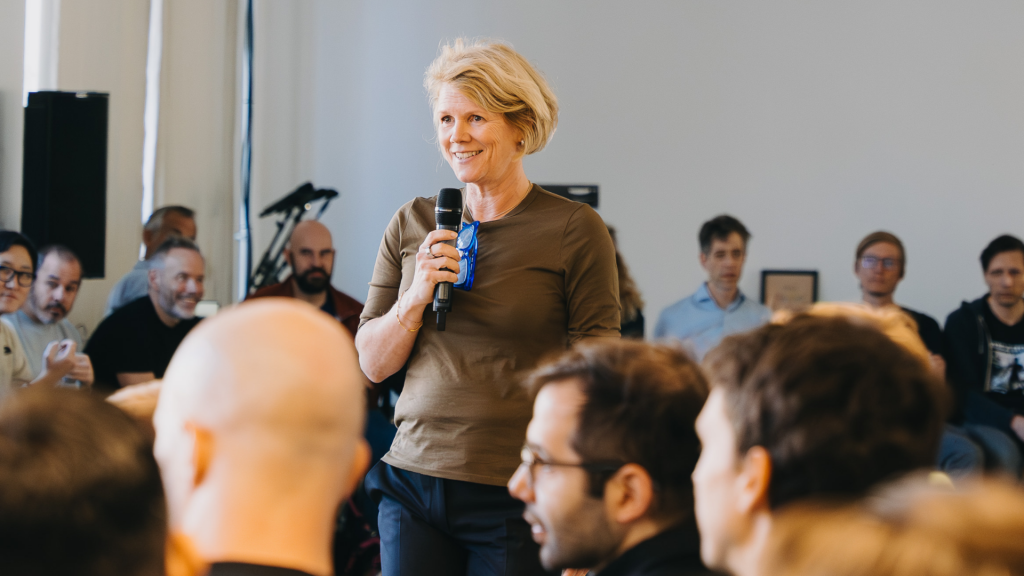Three forms of complexity, three kinds of intelligence

Not all problems are created equal.
Some are technical, complicated but solvable. They require expertise, analysis, and a solid plan. But others are adaptive – complex, shifting, and relational. They don’t yield to top-down logic or tidy solutions. They require something entirely different.
Most leadership teams today are facing the second kind.
And most are trying to solve them using tools built for the first.
It’s not working.
The world has changed. Complexity is now the baseline. To lead effectively, teams need more than just strategy. They must develop a new kind of intelligence, actually, three.
The three faces of complexity
At Living Systems, we help teams navigate three forms of complexity that are increasingly present in strategic, organisational, and cultural work.
1. Dynamic complexity
Cause and effect are not obvious.
Reality depends on where you sit in the system.
In dynamically complex environments, problems evolve as you engage with them. Stakeholders hold different truths because they occupy different parts of the system. Feedback loops are hidden. Decisions ripple in unpredictable ways.
In this environment, traditional models break down. Leadership can’t rely on static models or clean diagnoses. A different capacity is required.
What’s needed is Whole system sight: the ability to step back, zoom out, and see the bigger picture, view the organisation across functions from multiple perspectives at once.
2. Social complexity
Multiple truths co-exist.
The human system is emotionally loaded and politically entangled.
When complexity is social, the challenge isn’t just what to do, it’s how people relate while doing it. Old conflicts resurface. Power dynamics reappear. Trust wavers. And unless these relational dynamics are acknowledged and addressed, no strategy will hold.
What’s needed is Relational intelligence: the ability to stay connected across differences, to navigate emotion and polarity, and to create the psychological safety required for real dialogue.
3. Generative complexity
The future doesn’t exist yet.
It has to be created together, in real time.
When complexity is generative, there is no best practice to follow. No precedent to lean on. The path forward must emerge through experimentation, co-creation, and learning-by-doing.
In this space, clarity is a moving target. The limiting factor is not knowledge, but agility.
What’s needed is Collective agility: the capacity to adapt how you think, relate, and act as a team, especially under pressure, when the terrain keeps shifting.
Head, heart, and hand of Collective Intelligence
These three capacities — whole system sight, relational intelligence, and collective agility — form the foundation of Collective Intelligence.
- Head → Whole system sight: seeing beyond your function, role, or point of view to perceive the whole organisation.
- Heart → Relational intelligence: working with trust, emotion, and difference.
- Hand → Collective agility: adjusting how you think and act together, in the moment.
We don’t see these as soft skills. We see them as systemic capacities — critical for teams to develop if they want to navigate complexity with coherence and creativity, and stay effective.
And here’s the truth: most teams have underdeveloped one or more.
Why most teams get stuck
Too often, leadership teams default to the “Head” — over-analysing, over-planning, and avoiding the relational and adaptive work that really needs attention.
- They analyse and try to solve problems without fully understanding and seeing the system they’re in.
- They chase alignment without addressing the underlying mistrust or emotional undercurrents.
- They plan to the minute—then get derailed by the first moment of heat in the room.
When this happens, they don’t pause to reflect on process.
They just double down on content, add another deck, refine the strategy, trying to push their way through complexity with the wrong tools.
But the real opportunity isn’t to push harder.
It’s to shift. It’s to widen your lens, deepen your dialogue, and change how the team feels, thinks and acts together.
The role of the offsite
This is why the offsite matters, now more than ever.
Not as a one-off event to “refresh the strategy,” but as a space to build new capability.
A well-designed offsite creates the conditions for teams to:
- See the system as a whole
- Practice real-time relational dialogue
- Adapt how they work together under pressure
It becomes a rehearsal space for the kind of intelligence and culture that the organisation will need going forward.
At Living Systems, we don’t start with a fixed agenda. We start with the challenge beneath the challenge, and design from there.
Intelligence that matches the moment
Complexity isn’t going away. It’s accelerating.
And with it, the limitations of heroic leadership, siloed decision-making, and fixed-agenda thinking are becoming more exposed
The future won’t be led by individual brilliance alone, but by more intelligent systems.
Systems that can feel, think and act together.
That’s what Collective Intelligence makes possible.
And that’s what we help leadership teams build,
not through theory, but through lived experience.
One offsite. One conversation at a time. One shift at a time.
Transformation starts here…
The future belongs to organisations that unlock the power of Collective Intelligence — feeling, thinking, and acting as one. Are you ready to build that capacity? Start the conversation with us.
